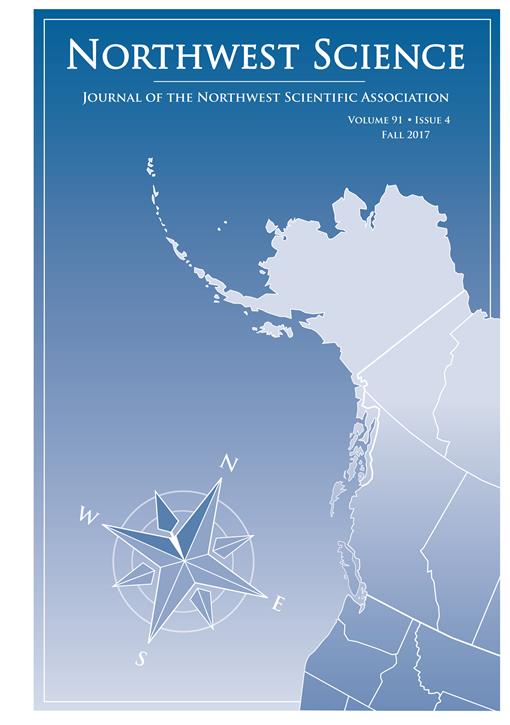Beargrass (Xerophyllum tenax [Pursh] Nutt.) is an herbaceous, evergreen perennial found in higher elevations of the northern Rocky, Sierra Nevada, Klamath, Siskiyou, Cascade and Olympic Mountains and in coastal areas from Washington to northern California. It is used by Native Americans for basketry and is an important floral green, but the conditions needed for reproduction and commercially valuable characteristics are not well known. We studied how the light environment affects size, morphology, color, and reproduction of a lowland, southeastern Olympic Peninsula beargrass population. We examined beargrass crown size distribution in relation to current and past overstory structure and found that beargrass plants had longer, greener leaves, lower crown density, smaller basal diameter, and fewer vegetative offshoots in shaded areas compared to more open areas. Flowering was less and there were fewer seedlings in shaded areas. Beargrass did not reproduce sexually in areas with < 0.3 of full photosynthetically active radiation (equivalent to at least 50% tree cover in our stand). Beargrass abundance matched the locations of anthropogenically maintained woodland openings that have since become forested preventing beargrass reproduction, suggesting that many plants have survived in the shade for more than 60 years. Overstory removal and prescribed burning in a portion of the stand stimulated sexual and asexual reproduction. We concluded that plants in shaded areas, although of somewhat higher commercial quality, are likely to recover more slowly from foliar harvest, and are less likely to be replaced after mortality. Population sustainability requires periodically or permanently open stand conditions.
How to translate text using browser tools
1 September 2017
Effects of the Light Environment and Stand History on Beargrass (Xerophyllum tenax) Morphology and Demography
David H. Peter,
Timothy B. Harrington,
Mark Thompson
ACCESS THE FULL ARTICLE

Northwest Science
Vol. 91 • No. 4
September 2017
Vol. 91 • No. 4
September 2017
anthropogenic burning
beargrass demography
ecology
floral greens
Xerophyllum tenax




